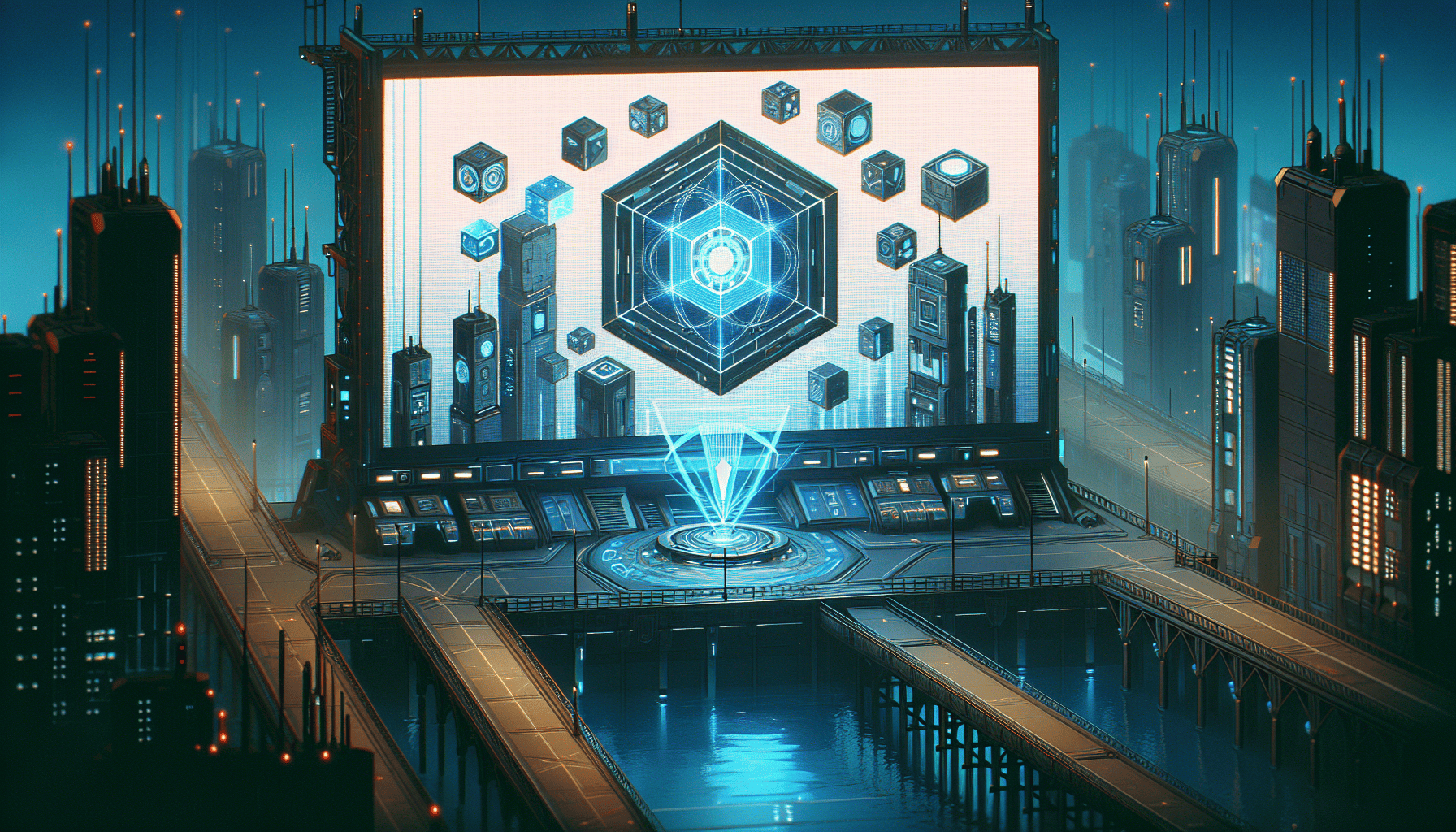In recent years, the evolution of video games has seen them transform from mere pixelated distractions into immersive cinematic experiences that rival Hollywood blockbusters. This transformation is largely due to advancements in technology, storytelling, and game design, each playing a critical role in crafting experiences that captivate and engage players like never before.
At the heart of creating immersive cinematic experiences is the art of storytelling. Games today are no longer just about overcoming obstacles or competing for the highest score; they are narratives that players live through. Developers now emphasize complex storylines with rich character development, moral dilemmas, and emotionally charged moments that leave a lasting impact. These narratives echo the depth of cinema, allowing players to not just witness a story, but to play an active role in its unfolding, making choices that can alter the course of the game, thus personalizing the experience.
Another pivotal element is the technological advancement in graphics. The leap from basic 8-bit graphics to current photorealistic visuals has significantly enhanced players’ ability to immerse themselves in virtual worlds. High-definition textures, realistic shadows, and lifelike animations bring game environments to life, making them feel as vivid and tangible as film sets. Real-time ray tracing has introduced stunning lighting effects that add to the atmosphere, while improvements in AI enhance character behavior, further blurring the lines between game and reality.
Sound design is another critical component in creating a cinematic feel. The use of orchestral soundtracks, ambient sounds, and voice acting elevates the gameplay experience. Music dynamically changes to reflect the intensity of the scene, while expertly crafted sound effects immerse players in the environment; the rustle of leaves, distant thunder, or even the quiet murmur of a crowd makes the game world feel alive. Voice actors deliver performances that provide depth to characters, conveying emotions that draw players deeper into the story.
A vital part of the immersive experience is the innovative use of game mechanics and interaction. Game designers have become adept at crafting interactive experiences that feel seamless and intuitive. Contextual controls, seamless transitions between cutscenes and gameplay, and the incorporation of various player choice systems ensure that players remain engaged and invested. Virtual reality (VR) and augmented reality (AR) have introduced new dimensions to gaming, offering unprecedented levels of immersion by allowing players to step entirely into the game world.
Furthermore, multiplayer and social interactions add another layer to cinematic immersion in games. Online multiplayer modes allow players to share these experiences with friends or compete against others globally, fostering a community and shared experience akin to a film audience. Cooperative gameplay's collaborative nature can amplify emotional beats within the narrative, making triumphs celebratory and losses shared.
The convergence of these elements results in gaming experiences that are not only immersive but also highly personal and emotive. They resonate with players on a level similar to that of cinema, invoking a wide range of emotions, from excitement and tension to empathy and reflection. As technology continues to evolve, the potential for creating even more sophisticated and immersive cinematic experiences in games is limitless. Already, the lines between films and games are blurring, leading to an era where interactive narratives might very well set new standards for storytelling in the digital age.
In conclusion, the art of creating immersive cinematic experiences in games is a multifaceted approach that relies heavily on storytelling, graphics, and design innovation. These elements together craft worlds that engage and ensnare players, providing not only entertainment but an emotional journey that continues to push the boundaries of what we understand as a gaming experience. As this art form matures, we can expect even more breathtaking, immersive worlds that invite us to step inside and become part of their story.
